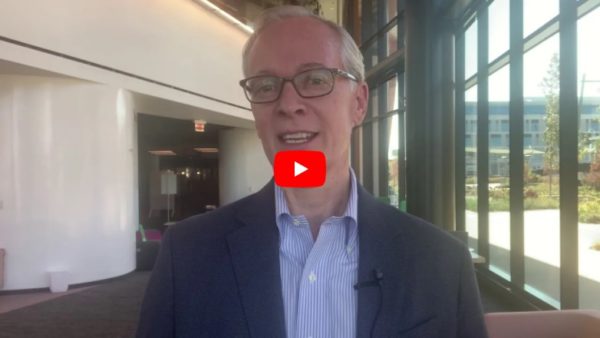
3 Tips for Dealing With Politics (or Other Touchy Subjects)
Sometimes, inspiration for my blog post comes from unexpected places – like a quiet, late-evening dinner on the road. After a successful day with a client, I arrived back at my hotel for a later-than-usual dinner. There were only a few people left in the restaurant, and I was seated near a table of three gentlemen. While I wasn’t interested in eavesdropping, it was impossible to not hear their conversation in the quiet room. From their discussion it was clear that they all worked for the same company and were traveling together on business. Two middle-aged men were obviously more senior managers, and they were accompanied by a junior colleague who appeared to be in his 20s. What surprised me was how their discussion turned









